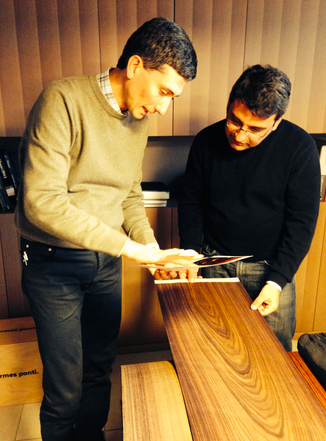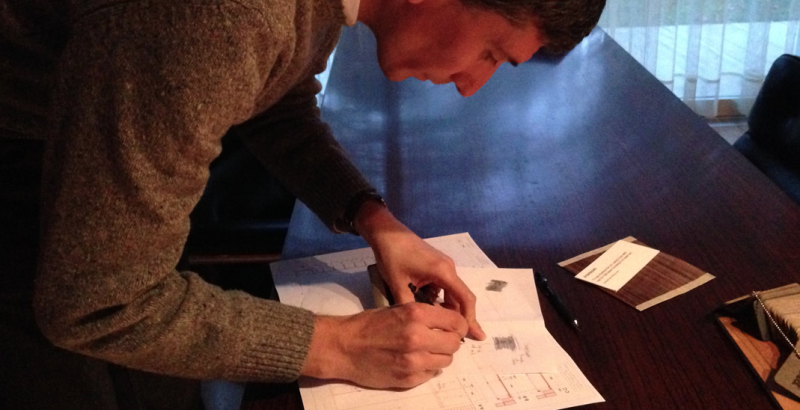
It reminds us that furniture in architecture is never ‘just furniture’- it blends with the building, thereby taking it beyond the usual construction industry.
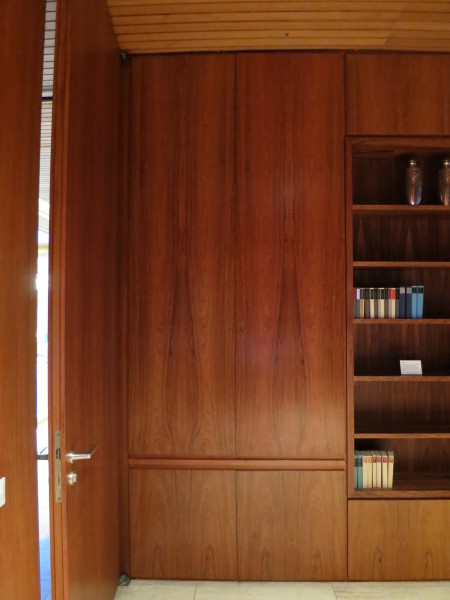
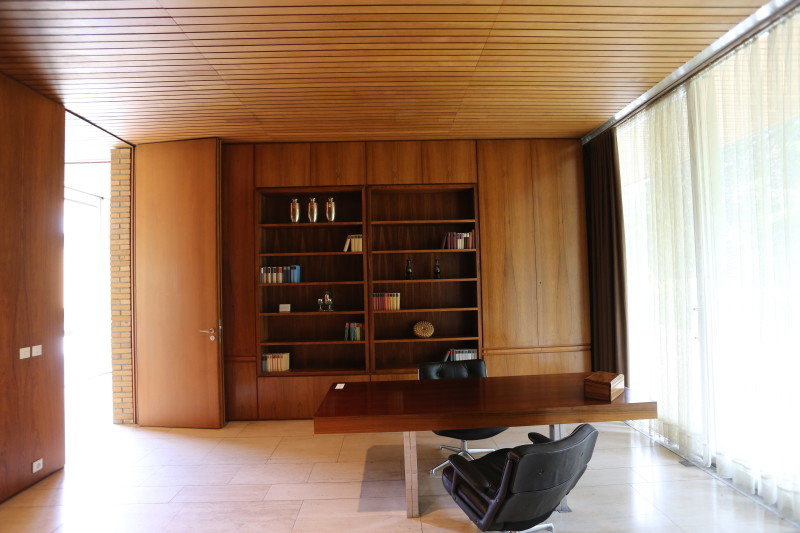
The presence of Project Masters has been fully used to execute a perfectly defined plan.
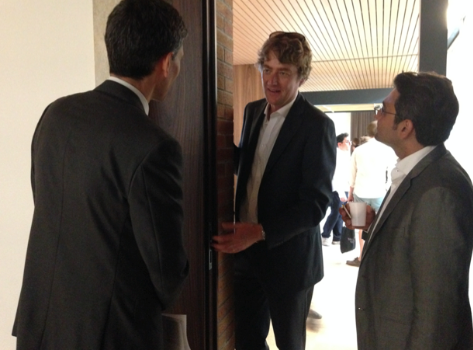

It reminds us that furniture in architecture is never ‘just furniture’- it blends with the building, thereby taking it beyond the usual construction industry.


The presence of Project Masters has been fully used to execute a perfectly defined plan.

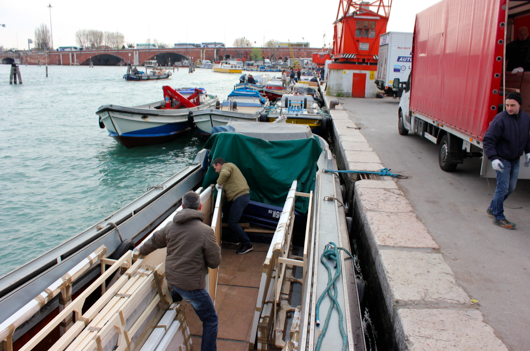
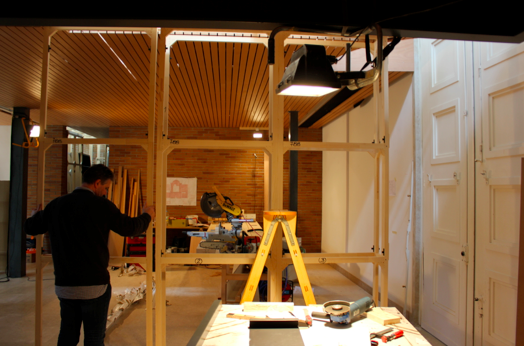
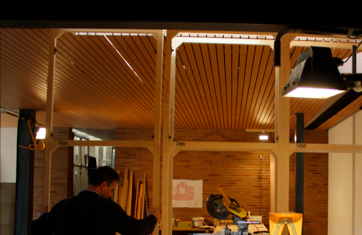
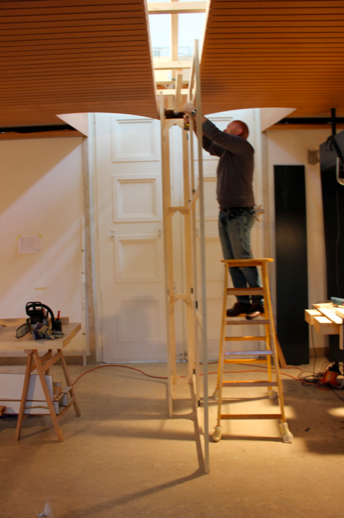
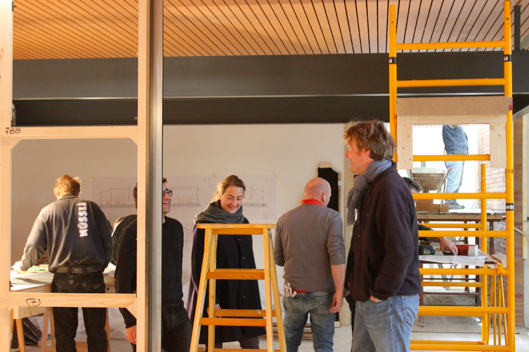
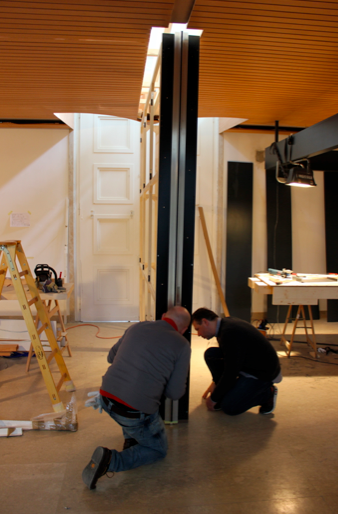
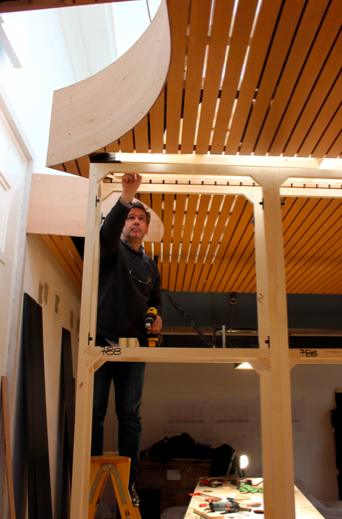
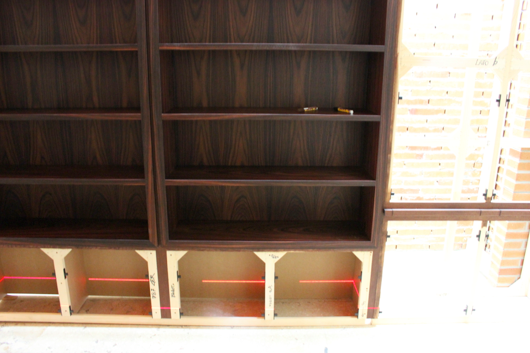
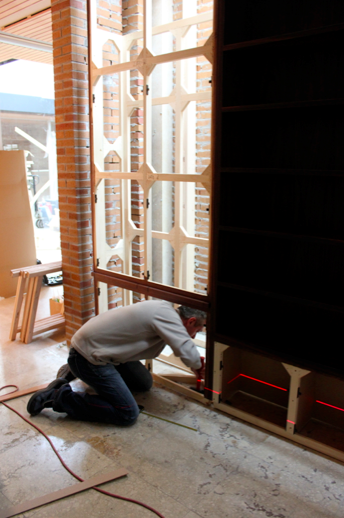
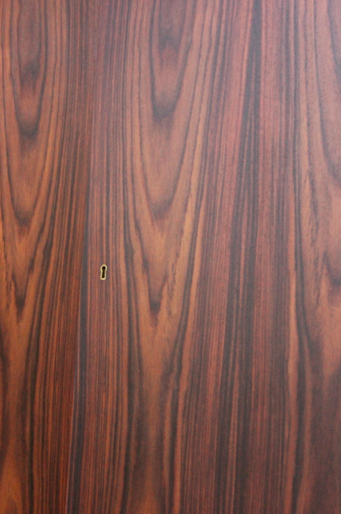
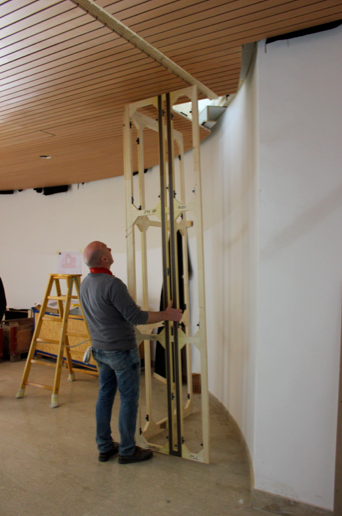
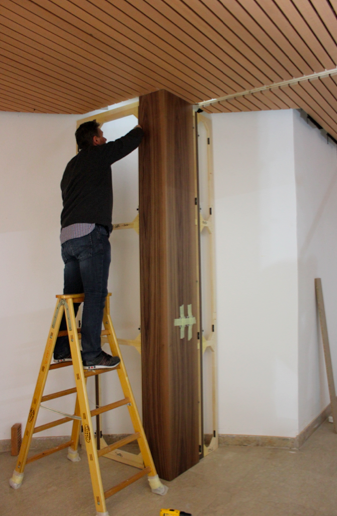
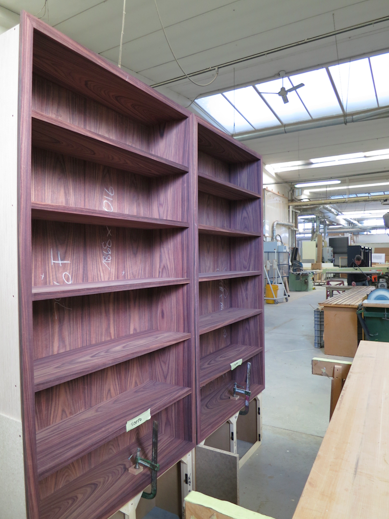
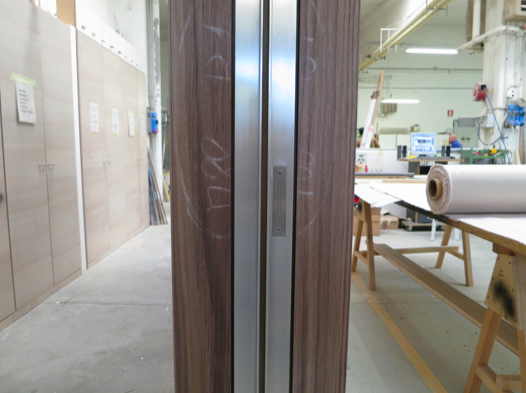
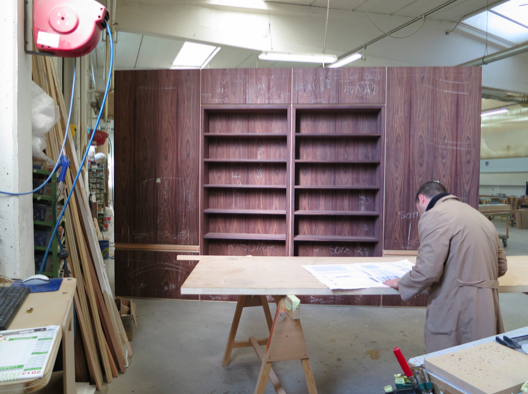
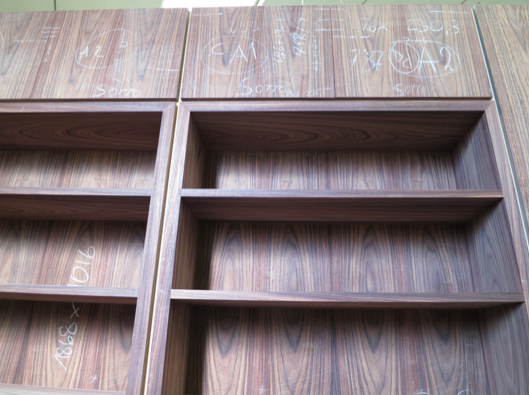
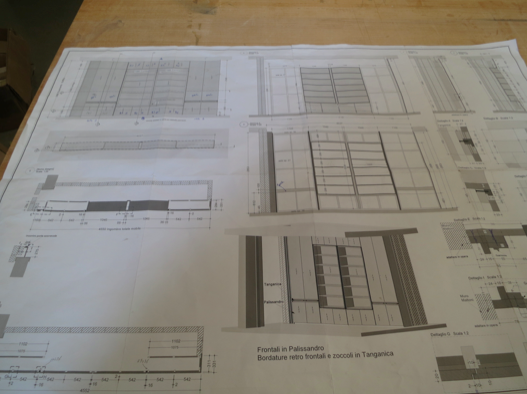
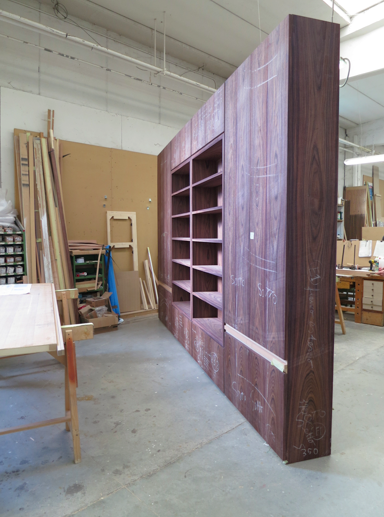
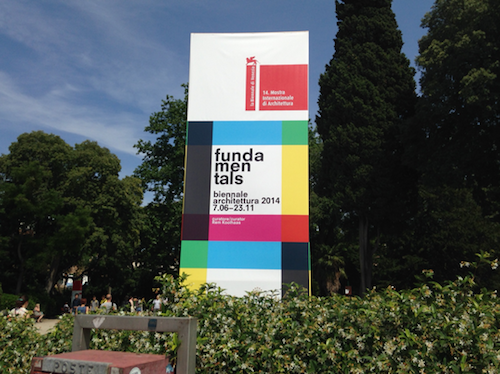 As everybody knows, the 14th Venice Architecture Biennale is titled “Fundamentals, absorbing Modernity 1914-2014” and invites 65 National Pavilions in the Giardini and at Arsenale to respond the theme examining the key moments from a century of modernization.
As everybody knows, the 14th Venice Architecture Biennale is titled “Fundamentals, absorbing Modernity 1914-2014” and invites 65 National Pavilions in the Giardini and at Arsenale to respond the theme examining the key moments from a century of modernization.
Ermesponti contributed to one of this, the German Pavilion, as a partner for the bespoke interiors of the ‘bricks and mortar’ project by the German firm Ciriacidis & Lehnerer architekten.
Bungalow Germania was judged to be one of the 10 best pavilion, but, for what we as architects are concerned, is something else: we feel that it’s the most readable pavilion of the whole Bienniale.
The meaning is crystal clear for everyone because it speaks the specific language of Architecture; the space in 4 dimensions.
Two buildings are wedged one into each other and directly compared; the old nazi pavilion of the thirties and the Miesian glazed bungalow of the second German chancellor built in the the sixties.
No need of any information map or any kind of captions to understand 100 hundred years of German history; you can make the real experience of the space and understand it by yourself!
You don’t need to be an architect or a art critic; you will feel the space language using the 5 specific human senses and that is simply revolutionary nowadays when each piece of contemporary art needs almost a thousand pages books of theorical explanations…
Actually you can really absorb the modernity of the Kanzler Bungalow embedded into the Padiglione Germania.
The Italian humanist, architect and philosopher Leon Battista Alberti used to call it: “cognitione per comparatione” .
The concept is that when you compare two things you can easily understand the differences and the similarities between them.
This is also more effective about interior spaces.
Adolf Loos called this approach ” raumplan”.
As humans we are planned to feel the dimensions of interiors deeply inside of us. Each gap or leap gives us a certain emotion.
In my opinion that’s what happens inside the German Pavilion: you can feel it and absorb it and you will never forget it. I have already forgotten who is getting the golden lion of the jury this year… but I will never forget the strong impression I got from those two buildings stuck together!
Please go in Venice and give us your own opinion; we’ll be looking forward to reading you!
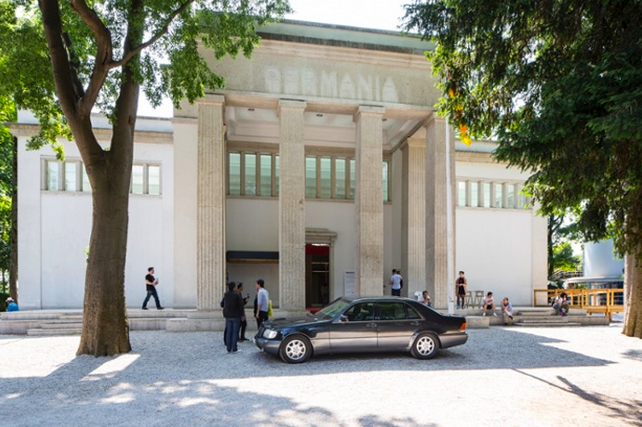
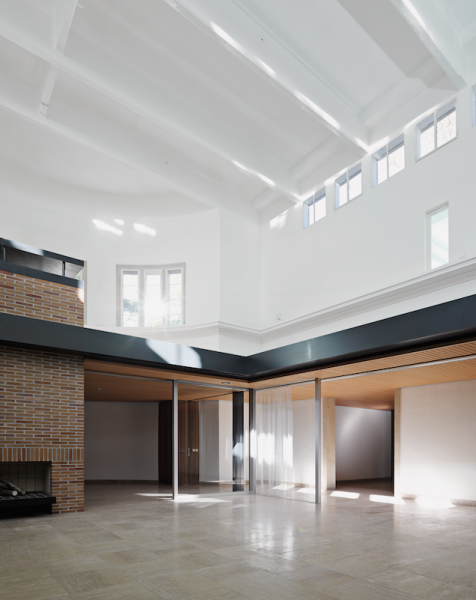
Bungalow Germania. Deutscher Pavillon auf der 14. Internationalen Architektur-Ausstellung — la Biennale di Venezia, 2014.
Bungalow Germania. Pavilion of Germany at the 14th International Architecture Exhibition — la Biennale di Venezia, 2014.
© CLA / Foto: Bas Princen
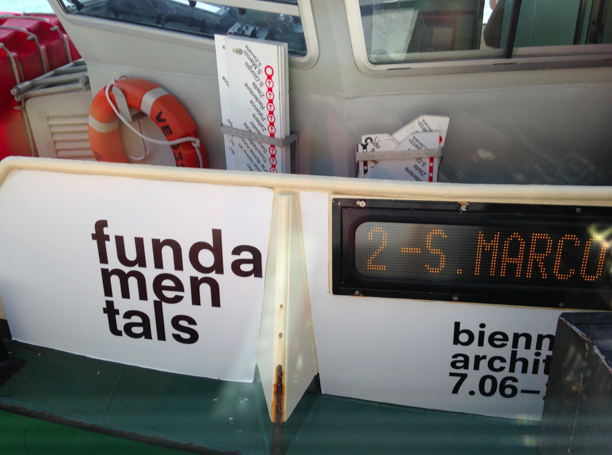
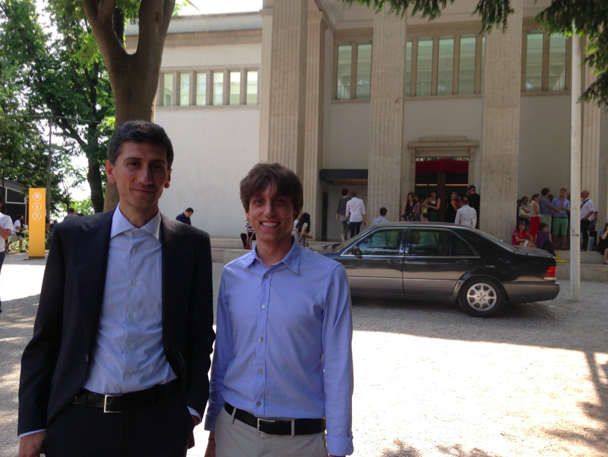
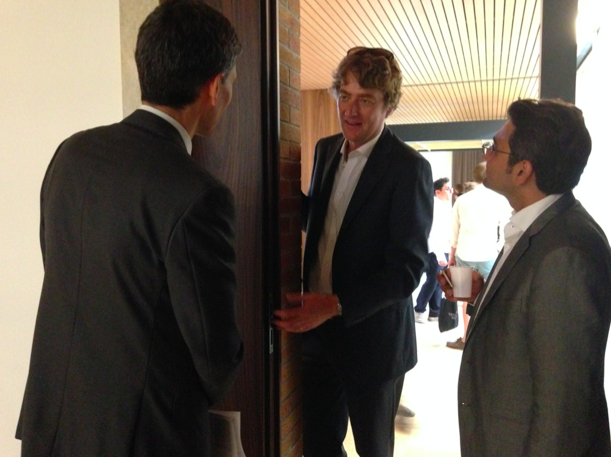
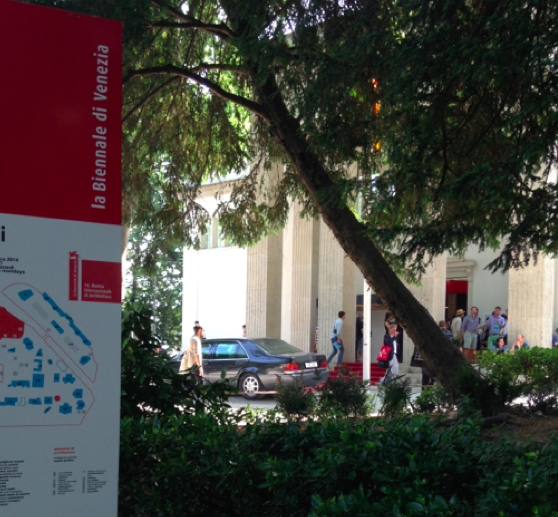
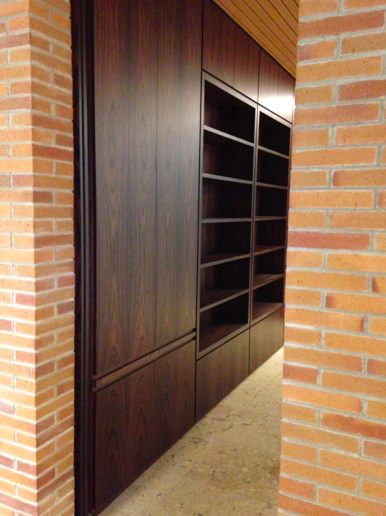

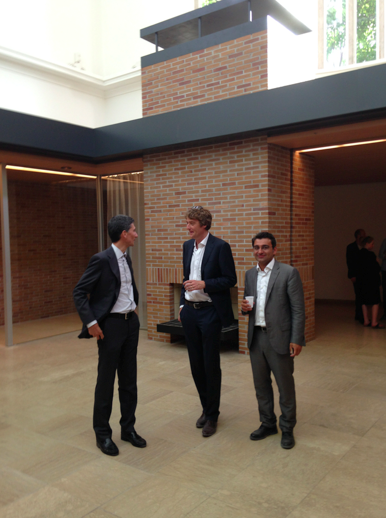
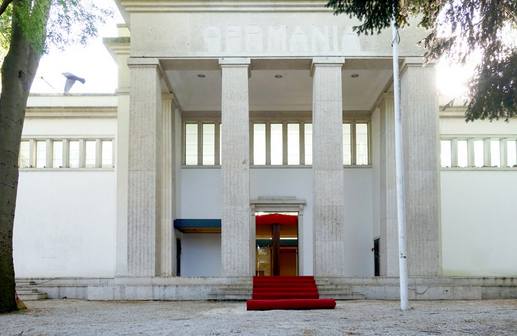 We were at the German Pavillion at the Venice Biennale on Friday: we got there a little late, but in time for the opening.
We were at the German Pavillion at the Venice Biennale on Friday: we got there a little late, but in time for the opening.
We’ve never felt so proud for a work done.
Our client appreciated it so much that they mentioned ermesponti even during the public speech: incredible!
I mean, never ever a client have given to us such a recognition. Even for bigger assignments.
But we really appreciate working and cooperate with these guys.
We found strong affinities since our first meeting.
I have a doubt; are we of Ermesponti Germans? Or are that is Ciriacidis& Leherner Italians?
No, neither.
We just have the same deep roots in the cultural heritage of the western architecture history, that’s all.
We found we both have this in common: we love doing our work at the best!
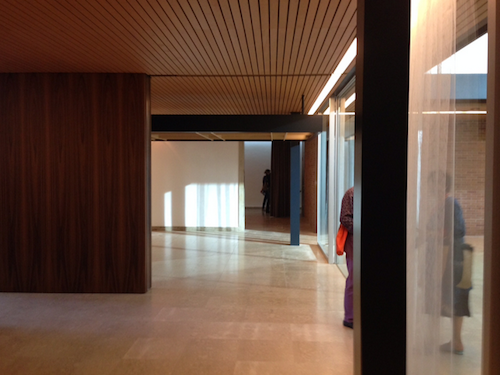
We care for it. In everything we do, we search for perfection.
And I believe you can feel it very well.
If you will go in Venice in the following months, please have a look at the German Pavilion.
For what I am concerned, there is a special feature that makes it different from each other national pavilion of the 14th Architectural Biennale in Venice.
All the national pavilions are – of course- about architecture, but they just talk about it.
The German Pavilion is architecture for real!
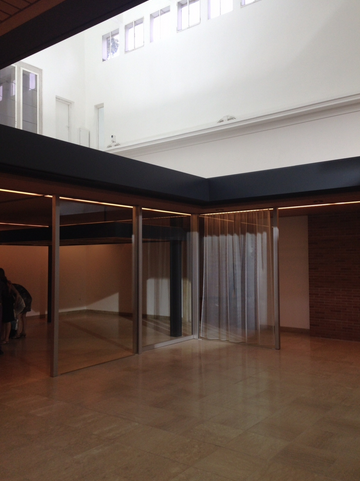 Two buildings in one; each one brings to its own identity and style to compare with the other.
Two buildings in one; each one brings to its own identity and style to compare with the other.
And what a strong impression for visitors of that hybrid spaces; no need of taglines here!
No need of critical explanations; anyone can understand it by himself.
To be honest, I think this is the real reason why we literally felt in love for this project.
We believe that architecture means experiencing interior space; from the feeling of the main space to the last small detail.
Please go and visit the Bungalow Germania in Venice. We wait for your impressions about it!

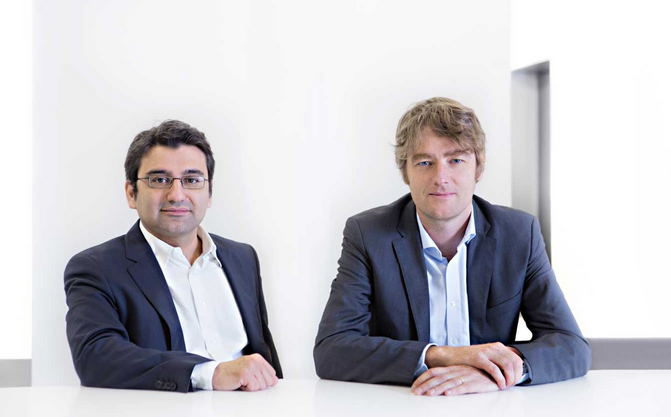
The architects in charge of the German Pavillion at the Venice Biennale talk about how they met our company and the way the collaboration between us evolved.
Thank you for your post, Alex and Savvas!
ERMES PONTI: A CAREFUL AND INSPIRING COLLABORATION ON THE VENICE BIENNALE GERMAN PAVILLION.
By Alex Lehnerer and Savvas Ciriacidis.

We were very fortunate to have been able to work with ermesponti on the project “Bungalow Germania” of the German Pavilion at the 14th International Architecture Biennale 2014.
At first we were quite concerned about how to rebuild the Chancellor’s Bungalow in Bonn from 1964 here in Venice.
Then, only by chance we met Daniela and Paolo from ermesponti.
Our Italian friend and collaborator Eugenio Squassabia from Mantua recommended them to us as years ago he used to work for them.
We have already heard a lot about the exquisite craftsmanship of North Italian companies, but never really imagined what kind of enthusiasm and precision there is involved in their work since we met ermesponti.
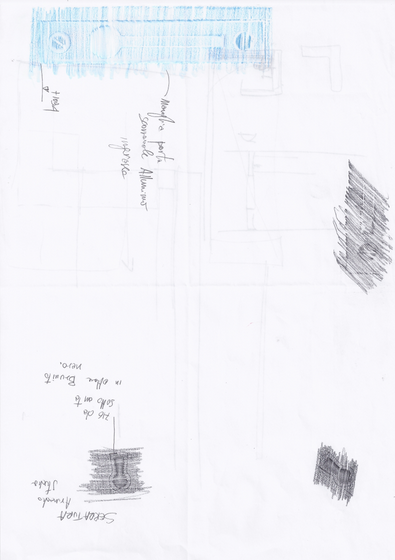 Daniela and Paolo immediately went to Bonn themselves as they had to see the “original” and to have a close look at all the details of the wooden furniture of the Bungalow to be reproduced in Venice – all the way to the brass key holes of the cabinet doors, as shown in the drawing.
Daniela and Paolo immediately went to Bonn themselves as they had to see the “original” and to have a close look at all the details of the wooden furniture of the Bungalow to be reproduced in Venice – all the way to the brass key holes of the cabinet doors, as shown in the drawing.
This analysis almost resembled an archeological project into Bonn’s recent past.
Paolo’s dad then went to Milan to get exactly the right kind of veneer for the built-in cabinets of the Bungalow in Bonn.
The result is stunning.
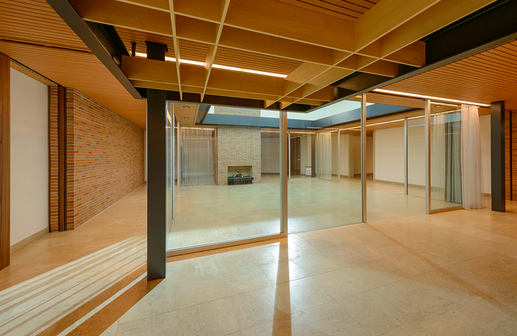
There was so much care and love involved that we almost feel guilty that after six months of the Biennale everything has to disappear again.
But before that you should go and see the exhibition yourself and how precise all the ermesponti furniture is crafted in the Pavilion.
We even started to tell people there: if they wanted to see how everything looks in 50 years, they should go to Bonn!
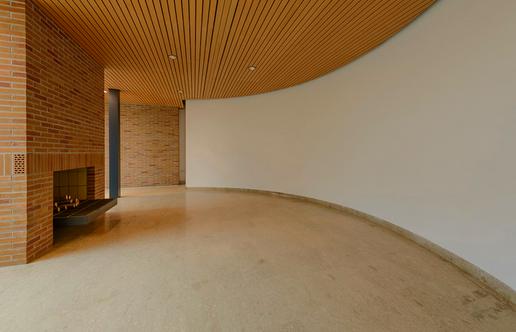
But maybe you should also go to Mantova and have a look at ermesponti’s workshop and listen to Paolo how carefully they choose and compose every piece of veneer by hand to get the right character of wood for every single project.
It is amazing and inspiring to still have people around today who care so much about what they do.